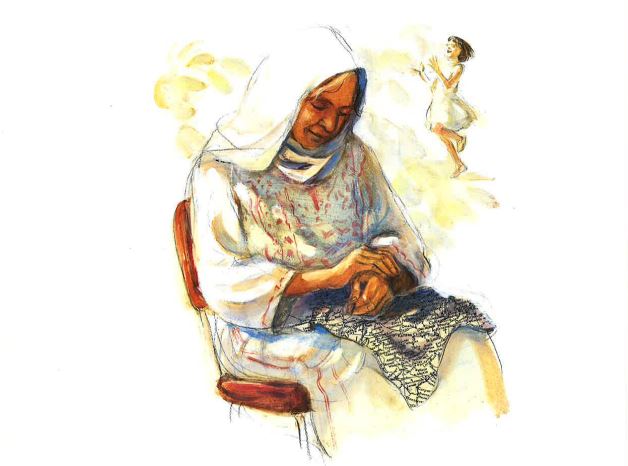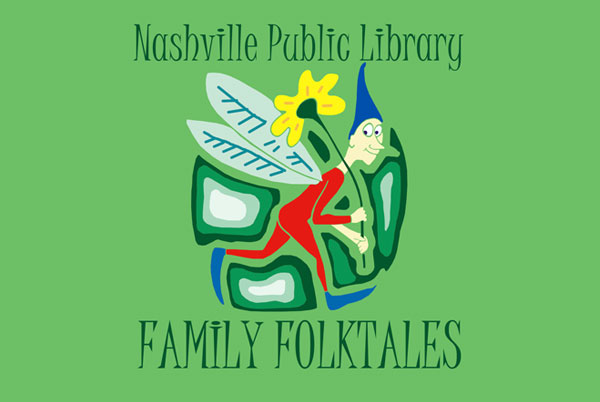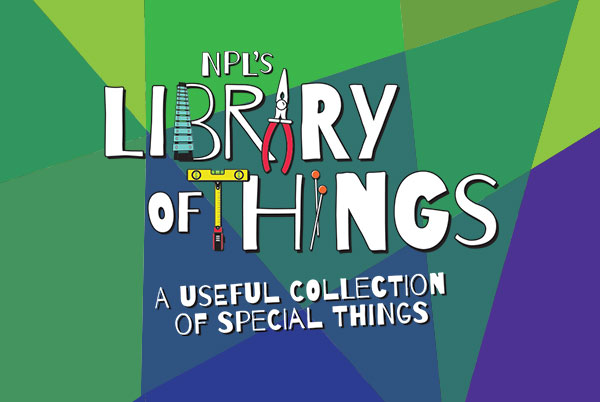
Sitti's Secrets
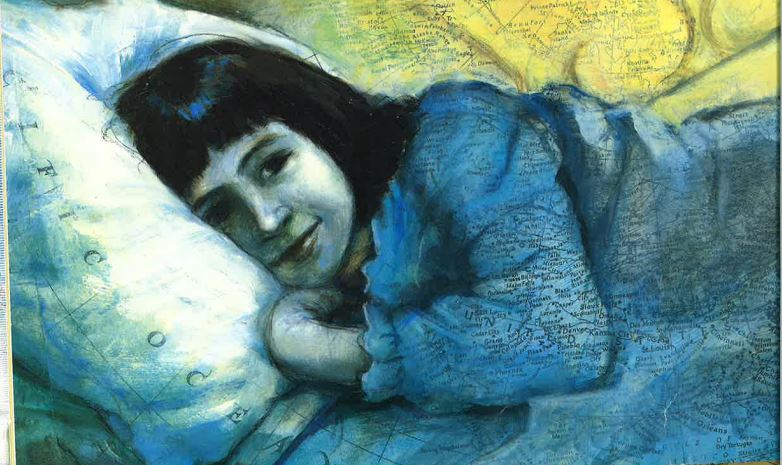
The esteemed poet Naomi Shihab Nye has written many poetry compilations for children and young adults, but only a few picture books. My favorite of these, Sitti's Secrets, was published in 1994, in the midst of the Israeli-Palestinian conflict. The book won the Jane Addams Children's Book Award in 1995. The words read like a child's diary, tender and straightforward, and in wonder at all of life. Mona, a young child growing up in the U.S., recounts her visit to see her grandmother, her Sitti, in Palestine. They spend quality time together, despite not sharing a common language. Nancy Carpenter's illustrations are a mix of paintings and collage, and so gorgeously capture Mona and her Sitti's relationship, and the pastoral countryside in Palestine.
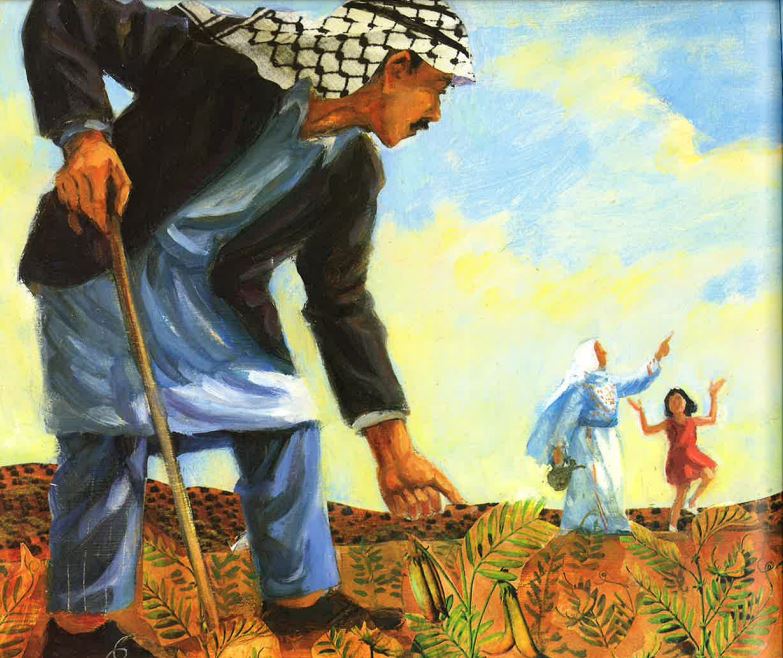
A Child's Memory
Mona describes her first meeting with her Sitti. Her Sitti wears a scarf that covers some of her hair. "A few curls of dark hair peeked out of her scarf on one side, and a white curl peeked out on the other side. I wanted her to take off the scarf, so I could see if her hair was striped", she remembers. Mona and her Sitti go out to fetch milk from a local cow and bake flatbread and stuffed squash together. The two seem to communicate just perfectly without language, using gestures and facial expressions. Sometimes the most poignant moments are beyond what can be said with words. Mona enjoys playing marbles with the other children, watching the women in the village carry water jugs on their heads, and brushing her Sitti's hair. "...it was striped! She said it got that way all by itself...I felt as if I knew a secret", she recounts.
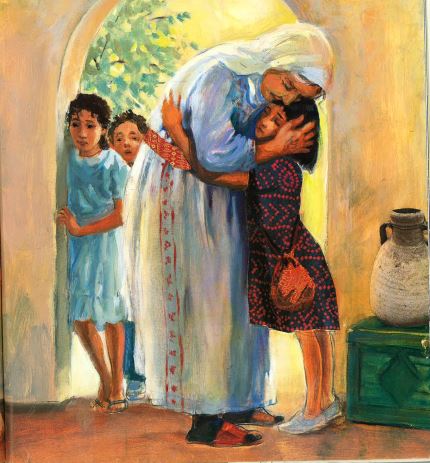
Saying Goodbye
When it comes time for Mona and her father to fly home, everyone is crying. Her Sitti brings her a handmade purse, embroidered with a lemon tree just like the one in her yard. Mona hugs her tight and can't stop crying. On her flight home, Mona remembers her Sitti's bird tattoos, and the big green chest in the corner of her house that contains all her memorabilia, including a baby photo of Mona. When they get home, Mona writes a letter to the president to tell him all about her beautiful grandmother, and wishing him luck in hopes he will vote for peace. "I vote for peace. My grandmother votes with me", she says. Bringing the story full circle, Mona describes the distance between them again, but this time she imagines her grandmother and how she remembers her spending her days. She says good morning to the lemons on her lemon tree, and at the end of the day, she dreams of Mona.
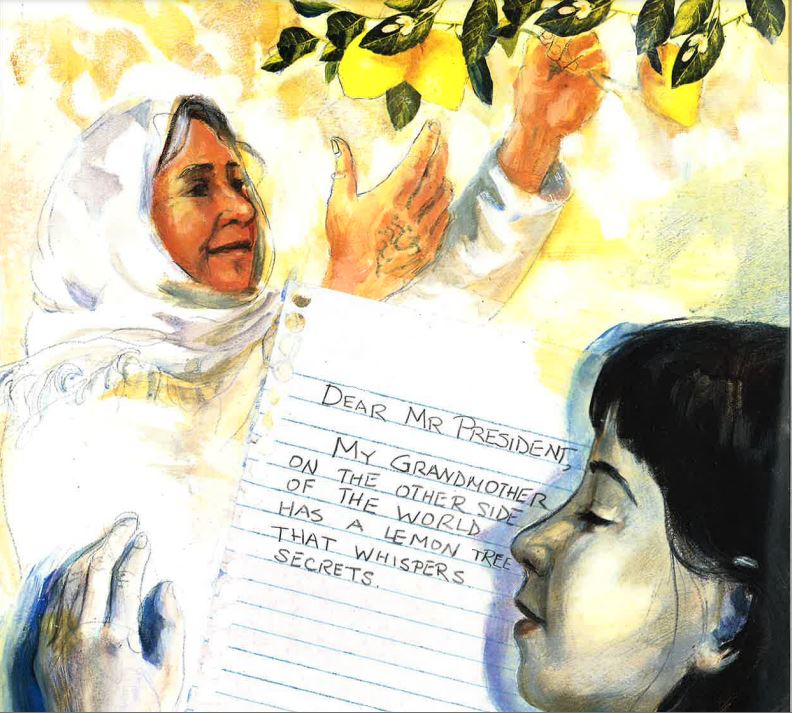
Empathy & Solidarity
We have to keep sharing stories. Children learn empathy when they are able to gaze into the windows of or be immersed through the "sliding doors" of others' worlds. This story of Mona calls upon us to remember the humanity of the people who live in different countries, especially those that are engrossed in such a history of violence and oppression. There is so much "othering" in the world. Mona's story is full of so many universal themes: family, acceptance, and longing, just to name a few. Readers can connect with these themes and, at the same time, be transported to anywhere across the globe, experiencing a totally different rhythm of life.
